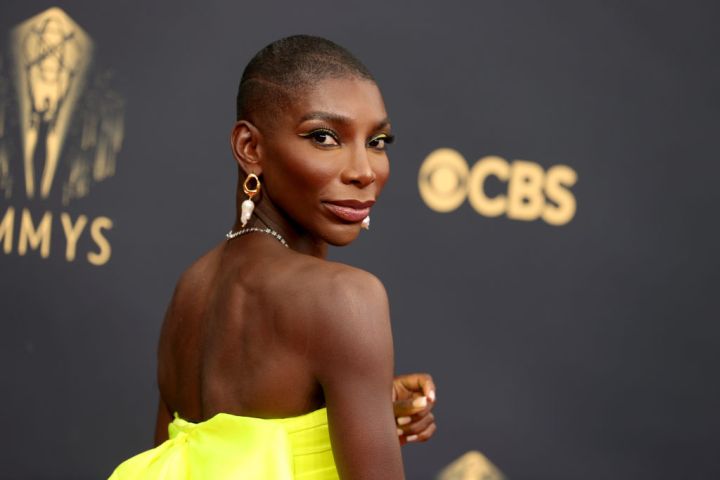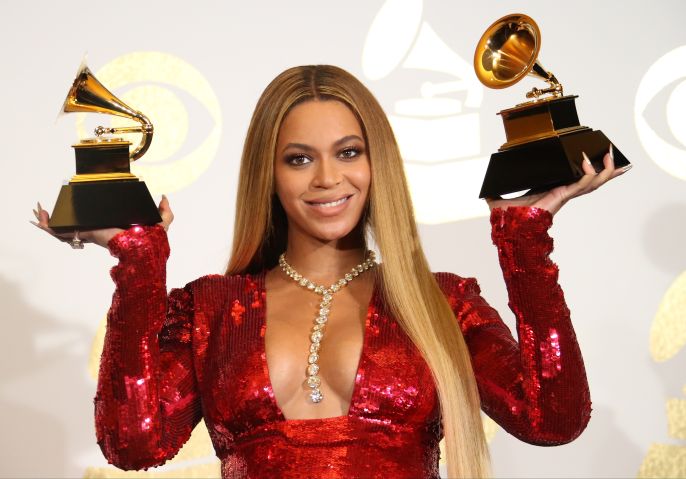An excerpt from Yahoo Sports -
Jackson State legends beam over Travis Hunter's trailblazing choice, a decision they never had in segregated South
By Dan Wetzel·Columnist
Had college football recruiting services been around in 1963, scouts would have flocked to 33rd Avenue High School in Gulfport, Mississippi, to watch a gifted, mobile, do-it-all quarterback named Lem Barney.
At 6-foot and with game-breaking speed, Barney would have been a five-star recruit long before his Hall of Fame career as a defensive back/return man (and even punter) for the Detroit Lions.
He may have even been rated as high as current 18-year-old Travis Hunter, who hails from Suwanee, Georgia, but like Barney six decades prior, can play all over the field – defensive back, cornerback, kick returner. Hunter is considered the No. 1 recruit nationally in the Class of 2022.
Of course, there were no scouting services back in Barney’s day. There was hardly any attention paid to him at all. Gulfport’s schools were still segregated almost a decade after the Supreme Court ruled such a thing illegal. Such was the racist foot-dragging in Mississippi.
Barney and so many young African American men like him were largely ignored; including by the major universities of the South, which still fielded all-white teams. Alabama head coach Bear Bryant or Ole Miss coach John Vaught didn’t consider a kid from 33rd Avenue High, no matter how good he was.
So Barney went off to Jackson State, a Historically Black University located about 160 miles north of his home, where he joined a Southwest Athletic Conference (SWAC) that was so brimming with talent, he had to switch to defense to find playing time.
Even now at 76 years old, there are no regrets. Jackson State football, SWAC football, HBCU football, he says, forged him to the point where he was a Week 1 starter in the NFL.
“I was so nervous,” he said years later.
Not so nervous that it prevented him, on the first drive of that first game, from intercepting Green Bay legend Bart Starr and returning it for a touchdown. It turns out, he hadn’t missed a thing by not going to those big-name schools, he says.
Still, when word broke Wednesday that Hunter, a generations-later, Lem Barney play-a-like, had stunned the football world by signing with Jackson State despite being coveted by the powerhouses that once refused to even consider someone like him, there was no minimizing the significance.
https://sports.yahoo.com/2-jackson-state-legends-beam-over-travis-hunters-trailblazing-choice-this-is-just-unbelievable-211320191.html?guccounter=1
 Source:Getty
Source:Getty Source:Getty
Source:Getty







